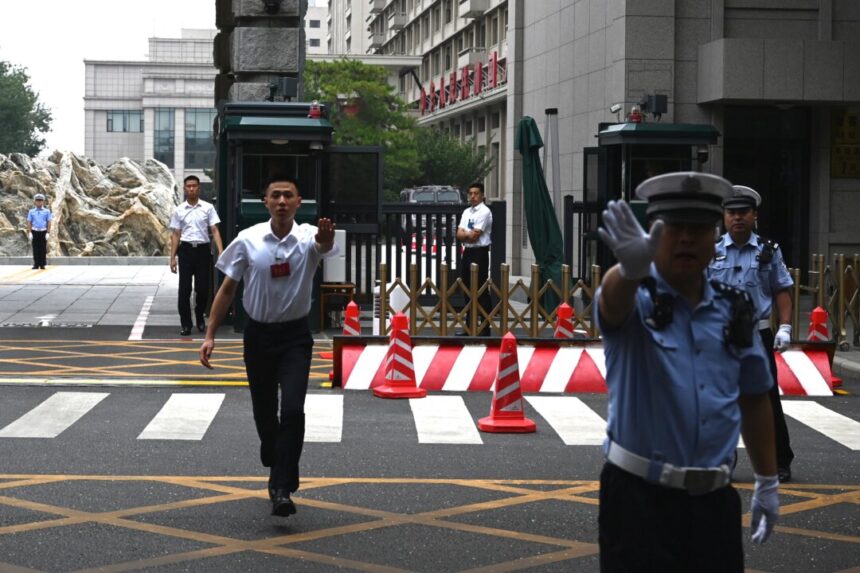China is embarking on a mission to revamp its economy by promoting “new productive forces,” a phrase that was reiterated during the recent Third Plenum of the Chinese Communist Party (CCP). This move comes as CCP leader Xi Jinping aims to steer the economy away from its traditional growth drivers, which are facing various challenges.
The goal is to shift China’s economy from export-driven industry, debt-fueled investments, and real estate towards innovation, technology, scientific research, and domestic consumer consumption. The success of this transition is crucial for both the nation’s economy and the credibility of the CCP.
However, the road ahead is challenging, as highlighted during the plenum meeting. Implementing these economic policies will require a mix of planned and market-based changes, posing complex conflicts and obstacles.
The key question now is whether this shift can make up for the decline in other sectors to sustain the economy. With consumer and business sentiments at record lows, the pressure is on to show results or at least progress. The focus is on domestic consumption to fill the gaps in the near term, but so far, household spending has been disappointing.
Official statistics show sluggish growth in retail sales and disposable income per capita, indicating that Chinese consumers are saving rather than spending. Structural issues such as low household income and income inequality are hindering consumption, even among high earners.
While manufacturing and exports have provided a temporary boost to the economy, tariffs on Chinese goods could pose a threat. There is bipartisan support in the US for increasing tariffs, which could impact China’s GDP growth.
In conclusion, the efforts to reshape China’s economy are facing significant challenges, making the task even more daunting.
Source link





